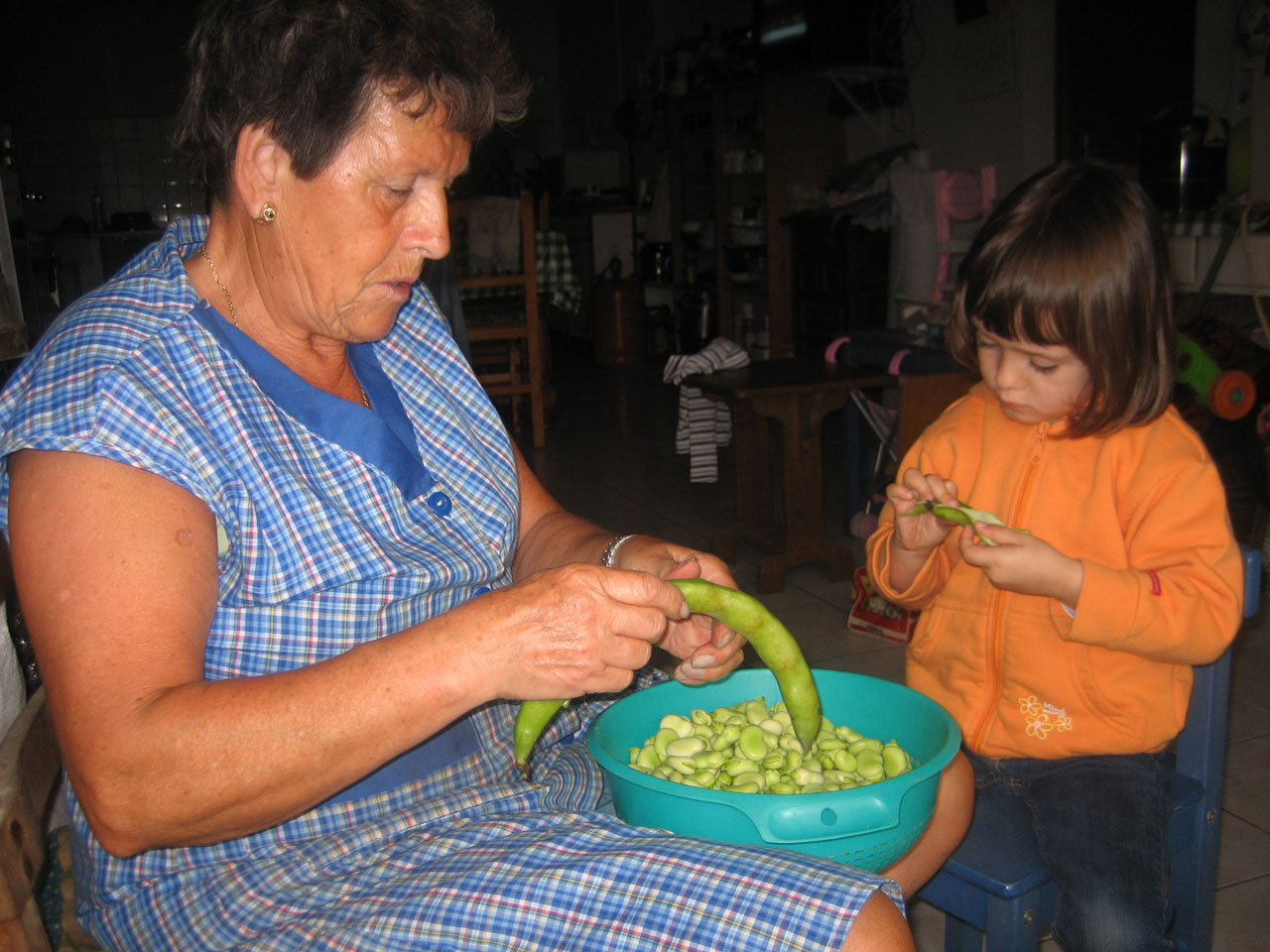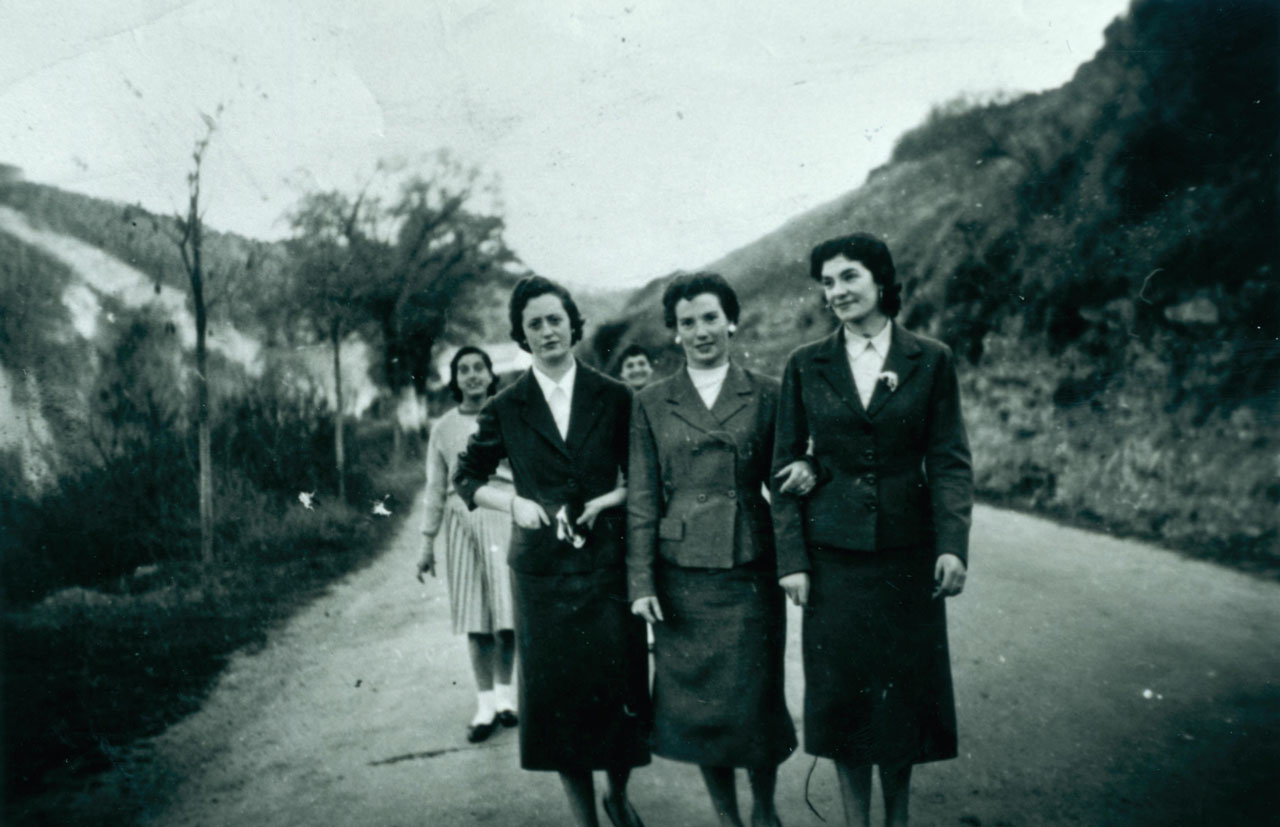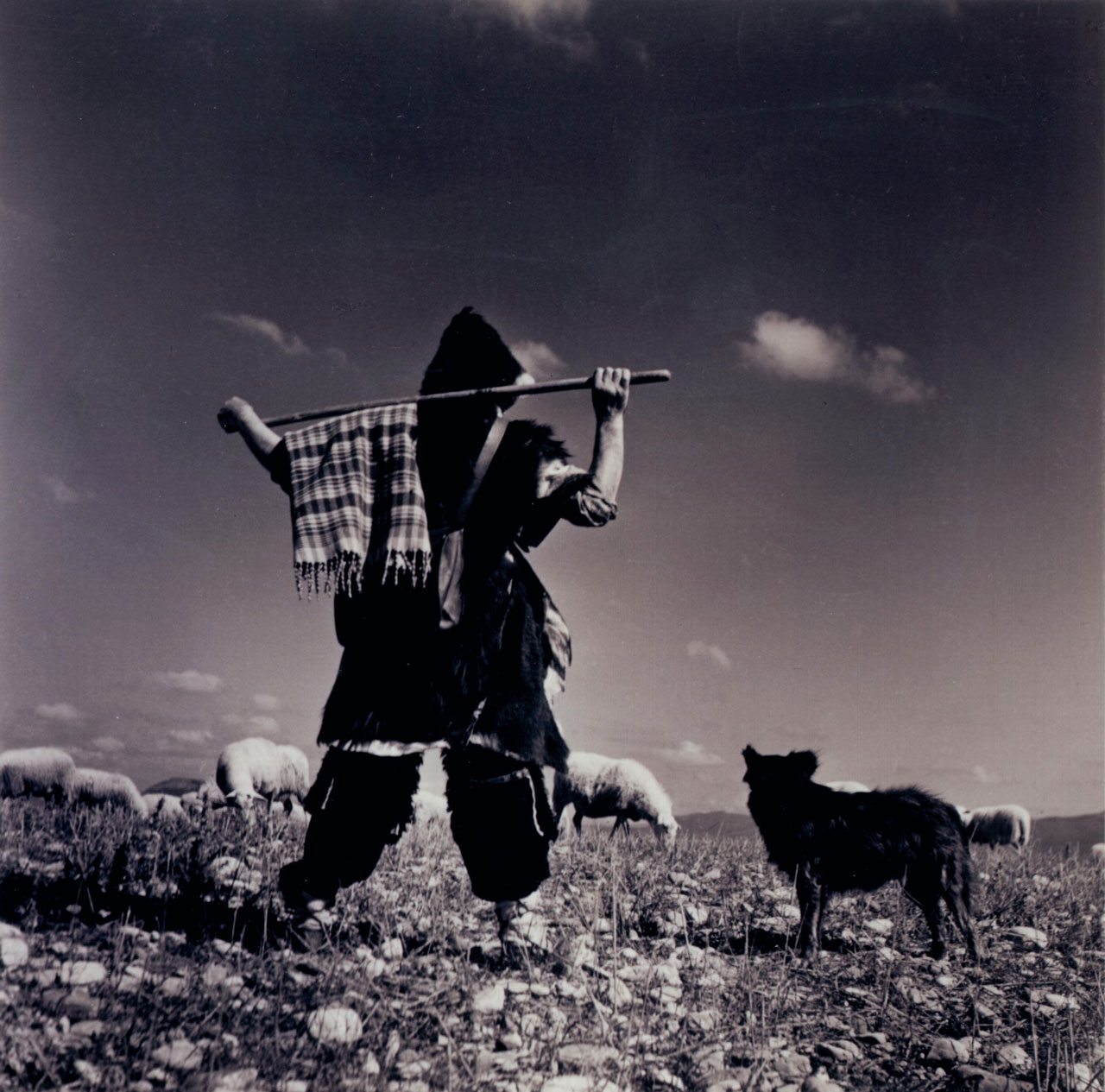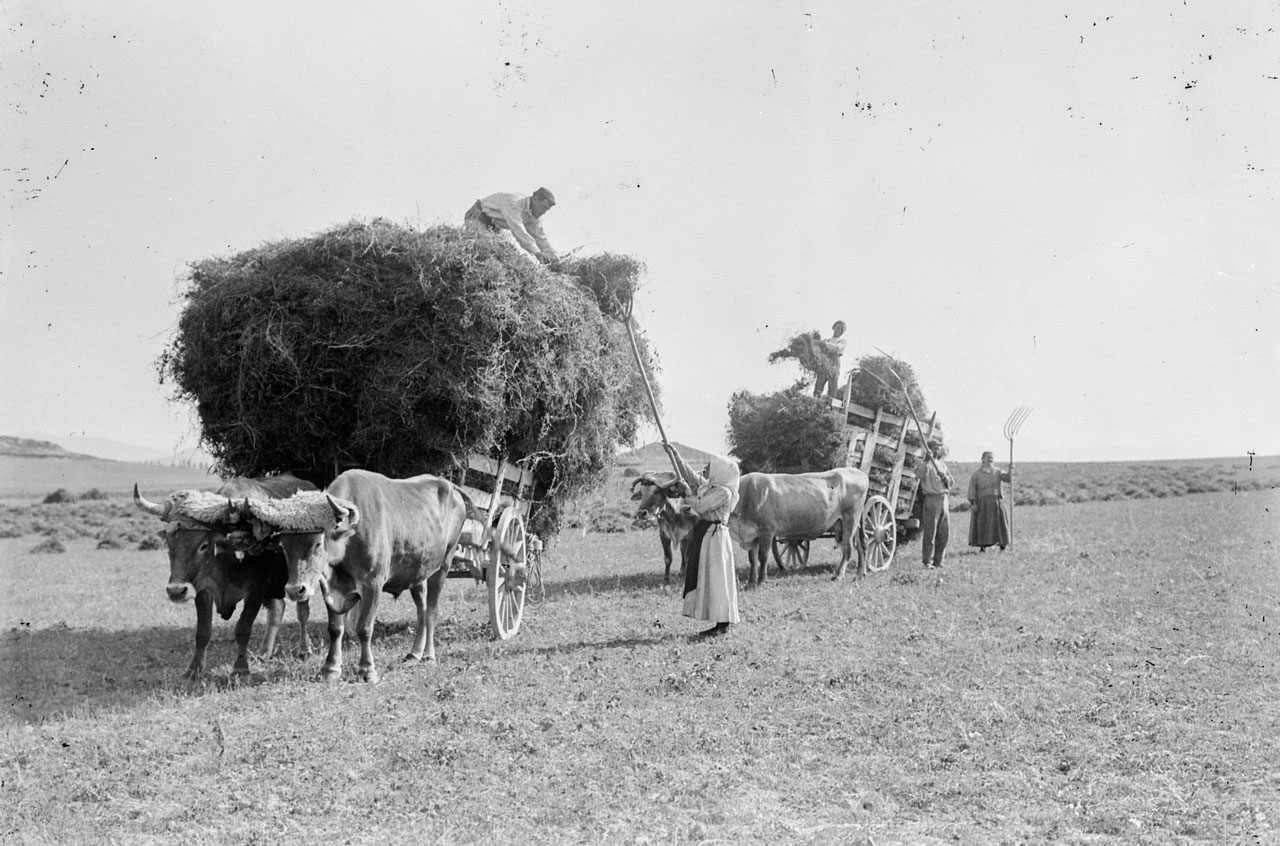Diferencia entre revisiones de «Main Page/en»
De Atlas Etnográfico de Vasconia
| Línea 243: | Línea 243: | ||
| − | ===[agricultura|Agricultura en Vasconia|/atlas/agricultura.png| | + | ===[agricultura|Agricultura en Vasconia|/atlas/agricultura.png|Traditional agriculture and the great changes that occurred over the last decades of the 20th century, leading to high levels of agricultural mechanisation.]=== |
====[ Agricultura_en_vasconia | Agricultura en Vasconia]==== | ====[ Agricultura_en_vasconia | Agricultura en Vasconia]==== | ||
Revisión del 12:45 27 ene 2020
Old and young husband and wife. Areatza (B), beginning of the 20th century. Source: Rubén de Las Hayas’ private archive.
House and Family in the Basque Country


House and Family in the Basque Country
The aim was to ensure that the family wealth, taken to be the farmstead and its belongings, would be passed on in full or only slightly diminished, and improved if possible, from parents to their offspring.
Family Diet in the Basque Country


Family Diet in the Basque Country
Beans and broad beans were the most widely grown legumes and were traditionally an important part of the diet.
Children’s Games in the Basque Country


Children’s Games in the Basque Country
Txikia banintzen, handia banintzen, maiatzerako burutu nintzen. Riddle
Traditional Medicine in the Basque Country


Traditional Medicine in the Basque Country
There is a hidden wisdom behind popular medicine that goes far beyond the remedy itself. This collection of data helps us catch a glimpse of a way to understand health and disease —and ultimately the human body— that differs from the prevailing view.
Rites from Birth to Marriage in the Basque Country


Rites from Birth to Marriage in the Basque Country
Neskazaharrak joaten dira Madalenara, santuari eskatzera senar on bana. Folk song
Funeral Rites in the Basque Country


Funeral Rites in the Basque Country
Death was an event that usually occurred in the neighbourhood, a fact that meant the home of the deceased played a leading role.
Shepherd wearing a cape. Eriete (N), 1959. Source: Archive of the Museum of Navarre: Nicolás Ardanaz Collection.
Ganaderia y pastoreo en Vasconia


Ganaderia y pastoreo en Vasconia
Nolako artzaina, halako artaldea. Every animal ends up looking like their master.
Agricultura en Vasconia


Agricultura en Vasconia
Tanto la fuerza humana como la animal, hasta la introducción de la maquinaria moderna, han tenido una influencia decisiva en la forma de trabajar y en los cultivos.








